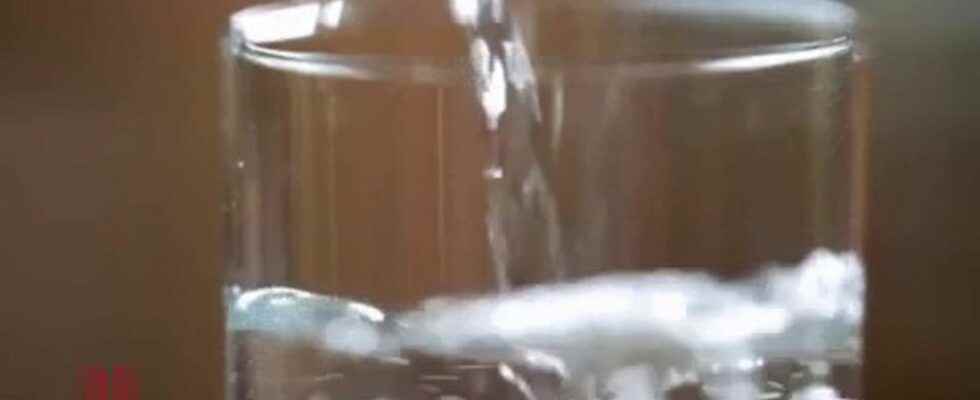Should the water that comes out of the tap be banned for consumption in part of Hauts-de-France? In a hundred municipalities spread over the five departments of the region, analyzes show the presence of pesticide residues at abnormally high levels. Long before the Regional Health Agency announced (mid-September 2022) their surveillance, Didier Malé had made it his main fight. This defender of the environment tracks down the municipalities of the Oise where the presence of these residues, metabolites of chloridazone, in tap water exceeds a threshold called “limit of quality”.
These metabolites are derived from chloridazone, an herbicide used in beet cultivation until it was banned in 2020. Like other pesticides, once applied, it seeps into the soil. Over time, it breaks down into molecules called metabolites (here, desphenyl chloridazone) that can pollute groundwater and then tap water. Beyond the “quality limit”, set at 0.1 microgram per liter, the water is declared “non-compliant”… and (in cases where a second threshold set by the health authorities, the Vmax, cannot be determined) the precautionary principle would like it to be prohibited for consumption. But that’s not necessarily what’s happening. Especially for desphenyl chloridazone. According to the (public) results of the analyses, in this commune of the Oise, it is quantified at 3.62 micrograms per liter, that is to say 36 times the reference value. And tap water is not prohibited for consumption…
Ostrich policy?
Didier Malé got his hands on a letter signed by the prefecture of Oise and the Regional Health Agency (ARS) of Hauts-de-France. During 2021, it was sent to all municipalities and to all water distribution associations where overruns were measured. It is quite simply a new limit which is defined there by the ARS: a “Provisional management value” stopped at 44.4 micrograms per liter, well above the overruns observed during the controls, thus making it possible to continue drinking. the water. According to Didier Malé, the purpose of this letter would be to introduce these values “to be able to continue to consume water, despite overruns”. A way of “manage the crisis”, According to him, with the “ostrich policy”.
“We have half of the boreholes and networks that are contaminated. You can imagine that if we apply the regulations stricto sensu, we have about half of the population who no longer have drinking water. It’s never seen !”
Didier Malé, President of ROSO (Grouping of organizations for the protection of the Oise)to “Further investigation”
Hauts-de-France is not the only region affected by these excesses in metabolites, and the authorities often seemed overwhelmed. In a letter from December 2021, the Director General of Health Jérôme Salomon feared that the precautionary principle would lead to a restriction on the use of tap water, in the absence of a real health threat. . A year earlier, however, he recommended strict application of the same precautionary principle… But in the meantime, his services have estimated that 10 million French people could be affected by a ban on consuming tap water. Is this the reason for this change of position?
Excerpt from “Is tap water (really) drinkable?”, a document to see in “Complément d’Enquête” on 22 september 2022.
> Replays of France Télévisions news magazines are available on the Franceinfo website and its mobile application (iOS & Android), “Magazines” section.
